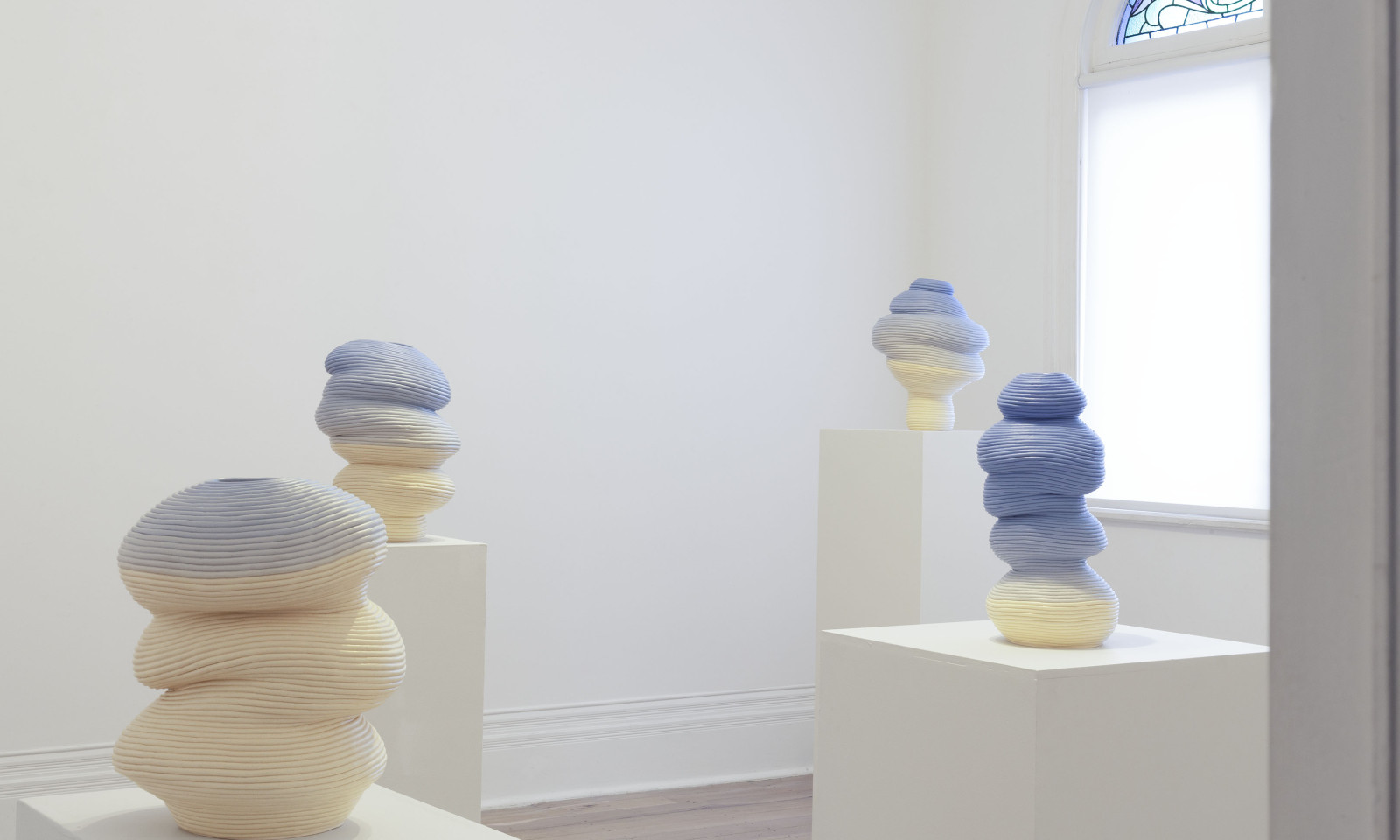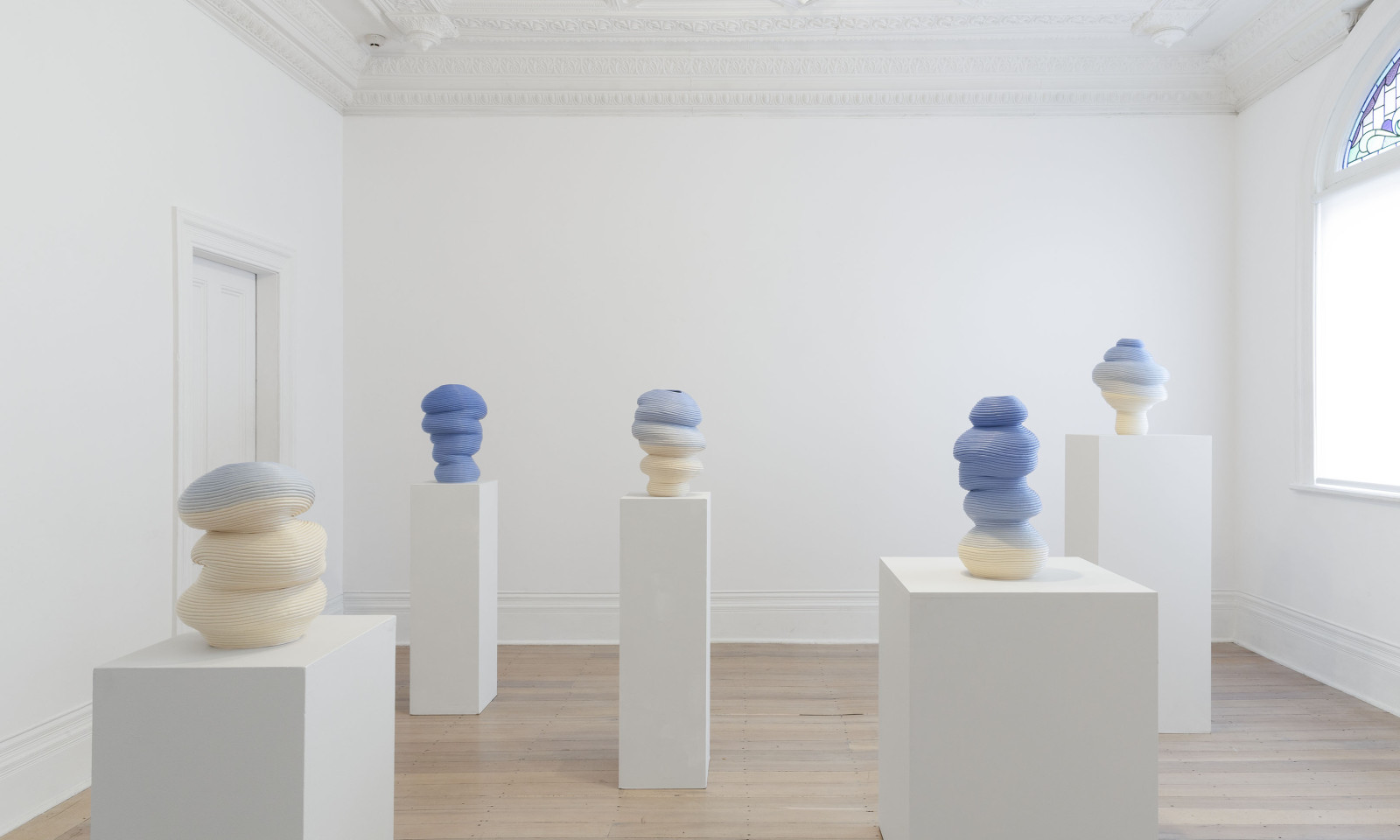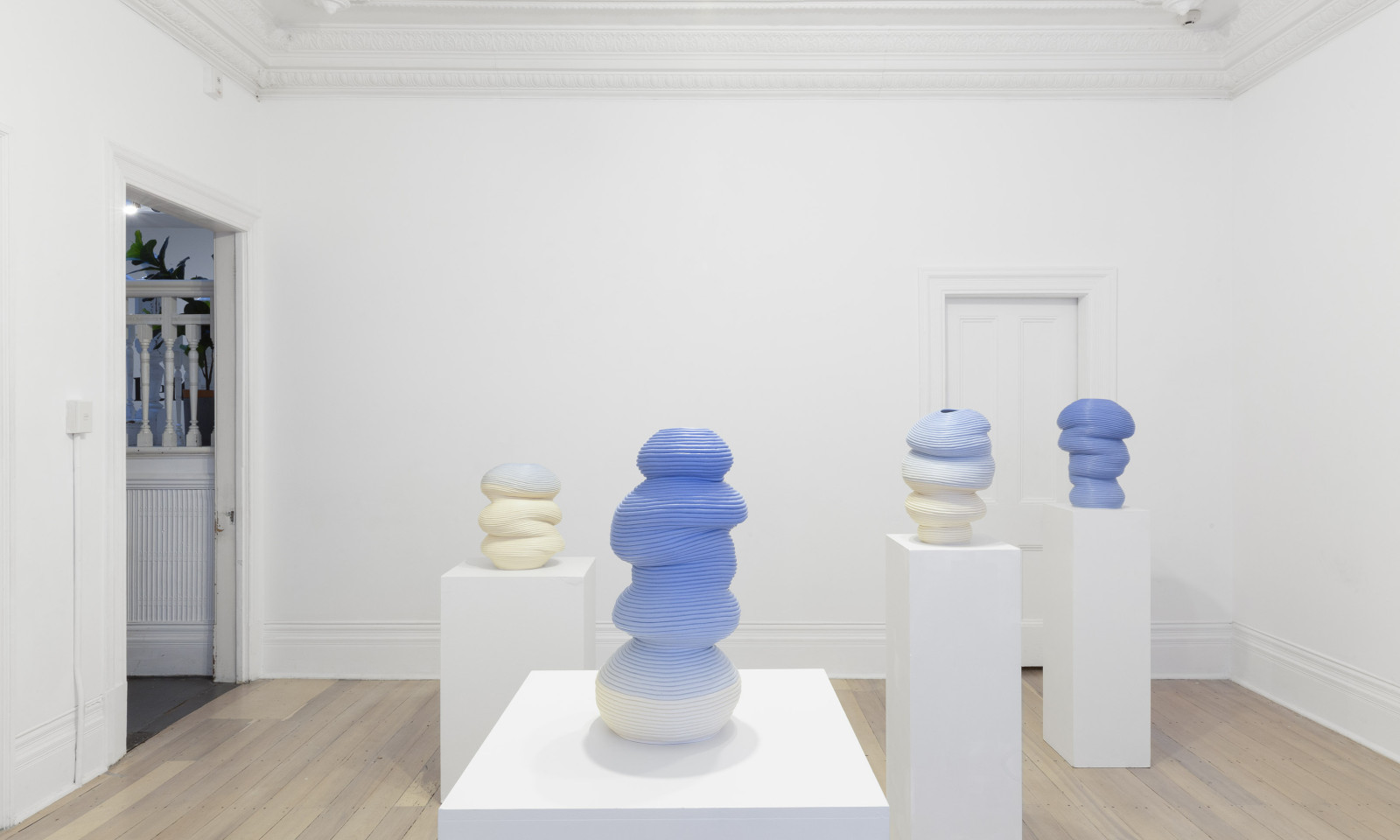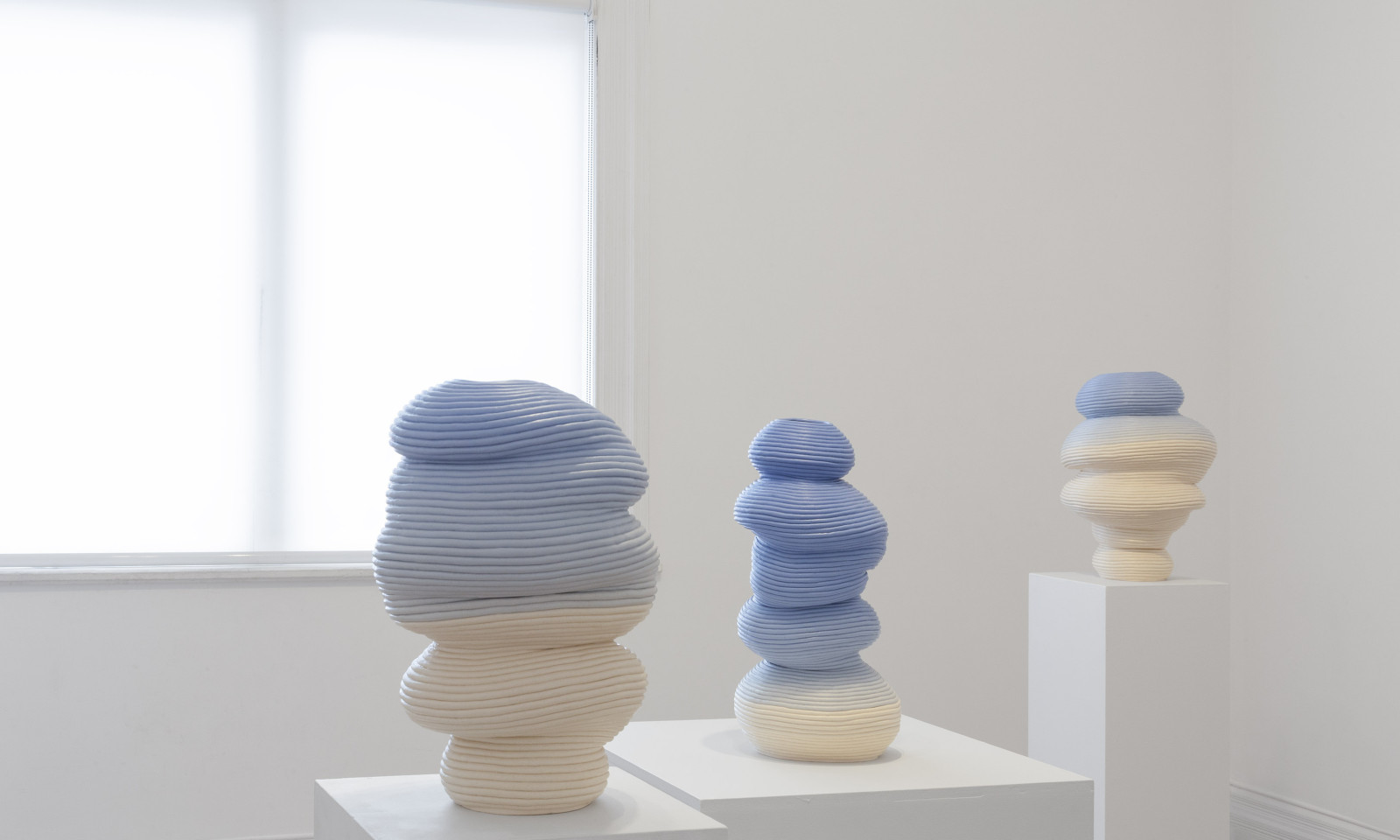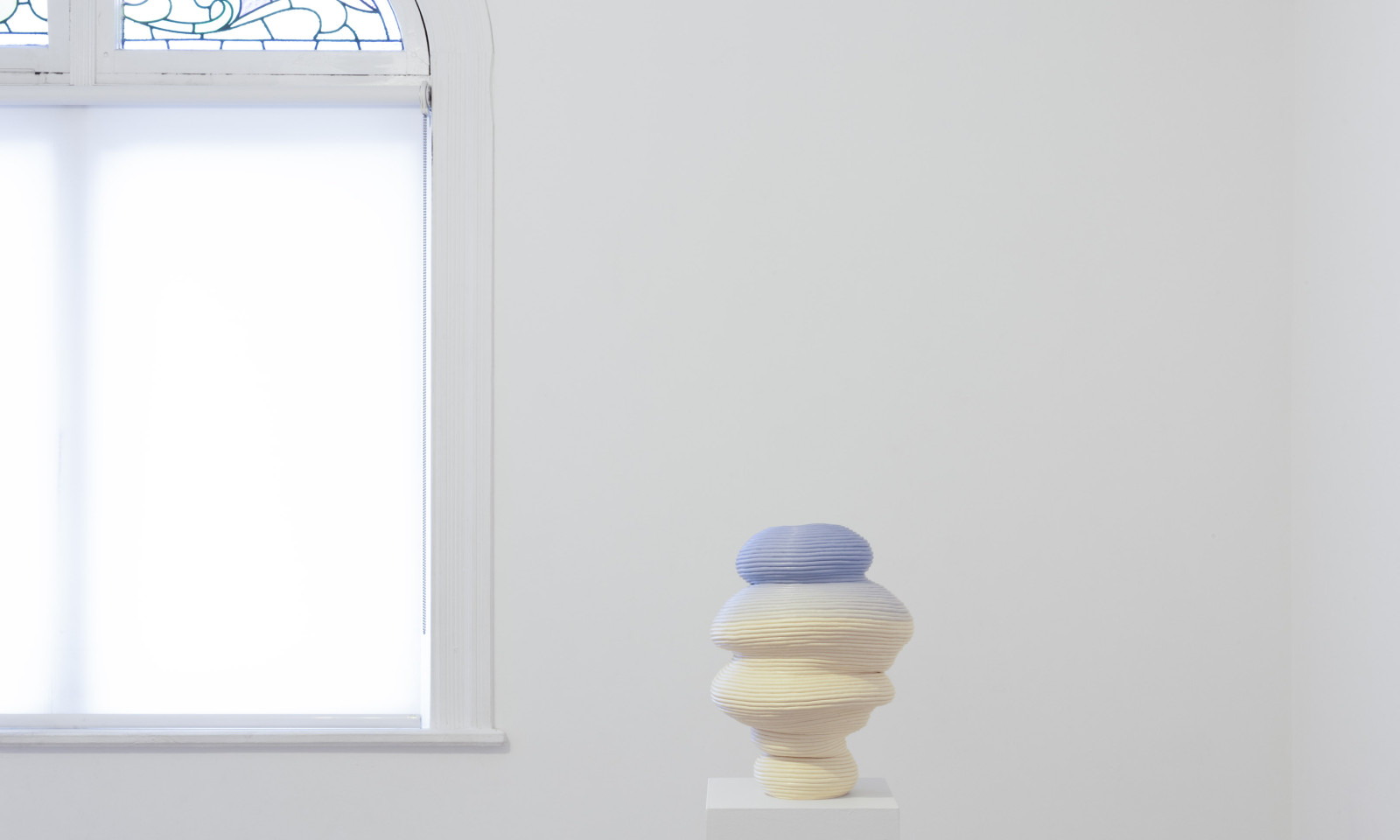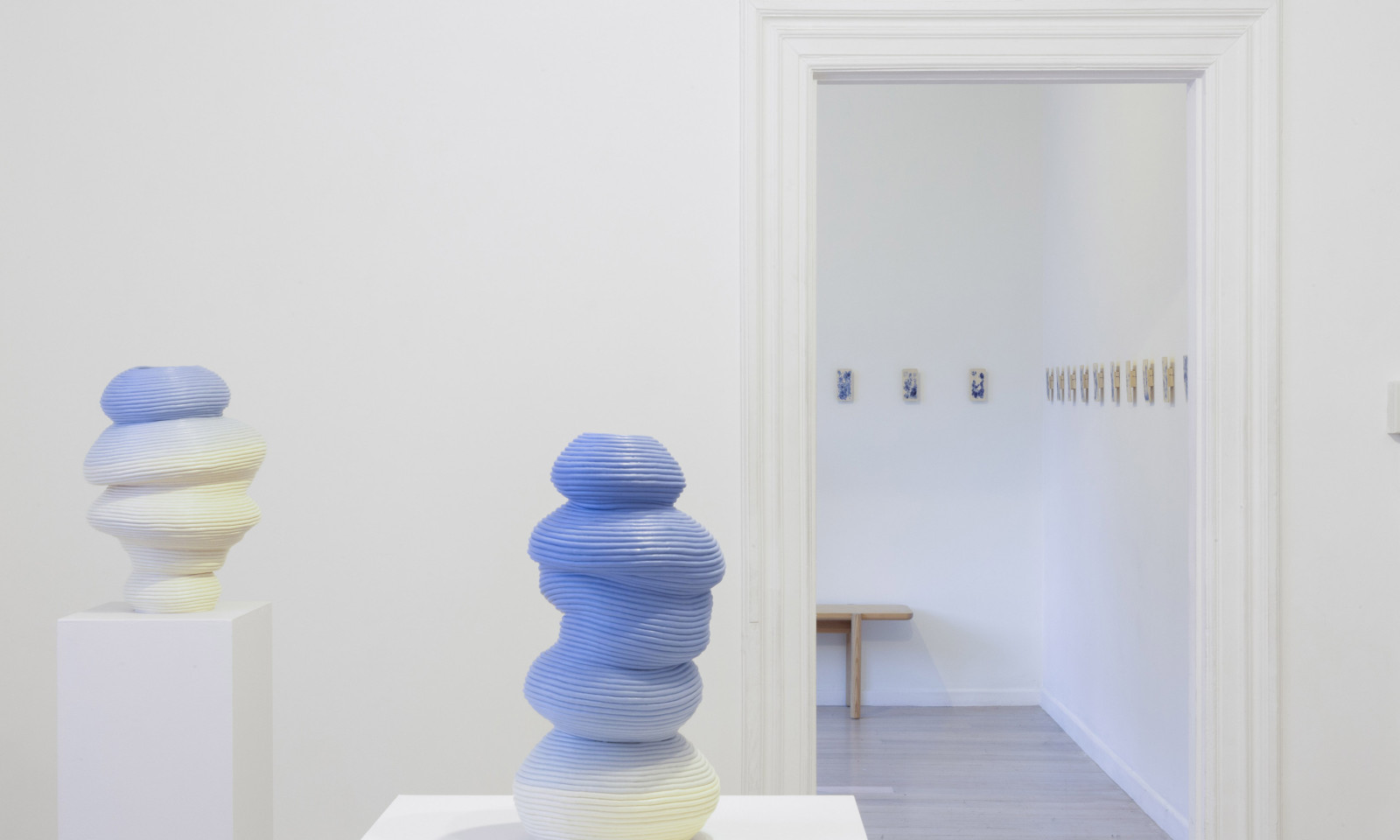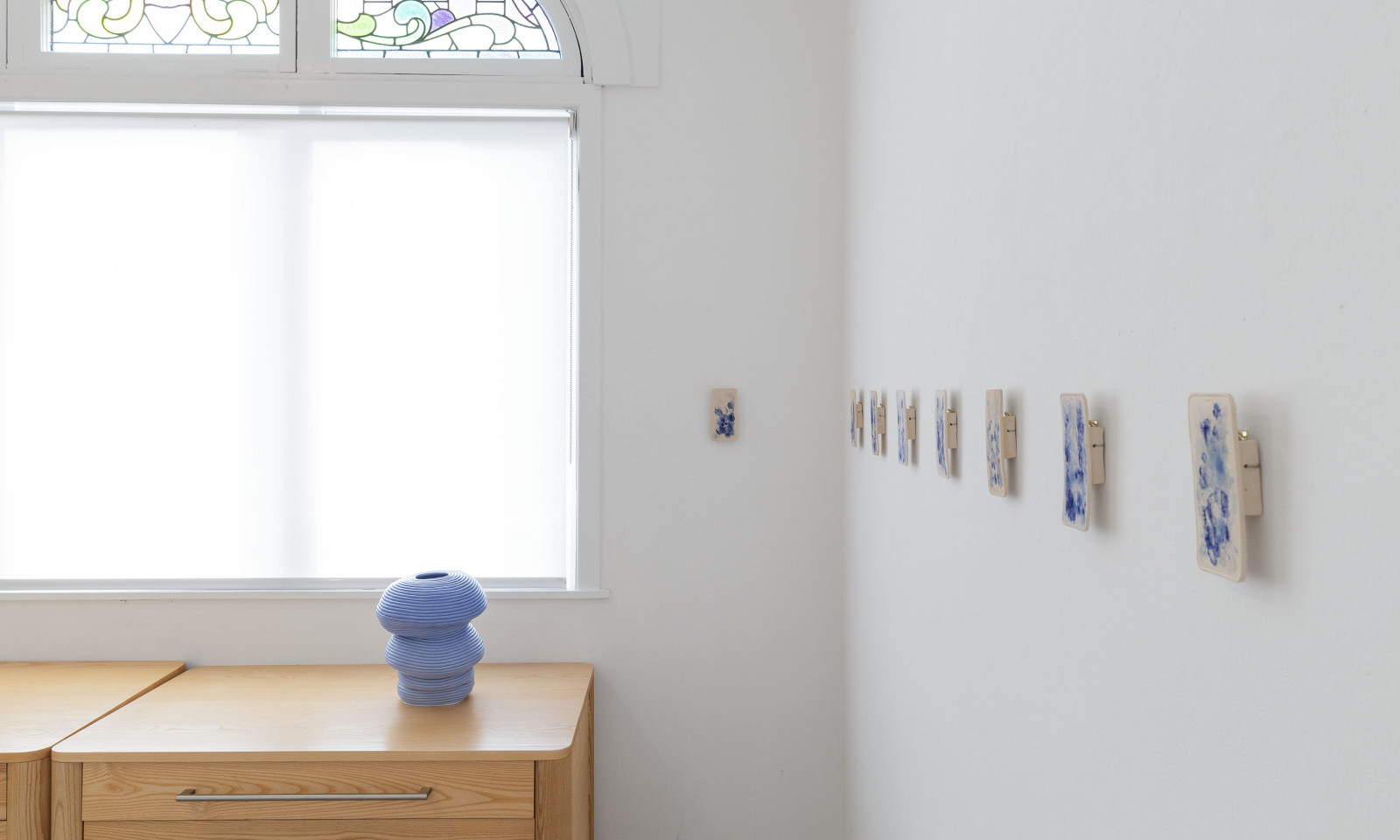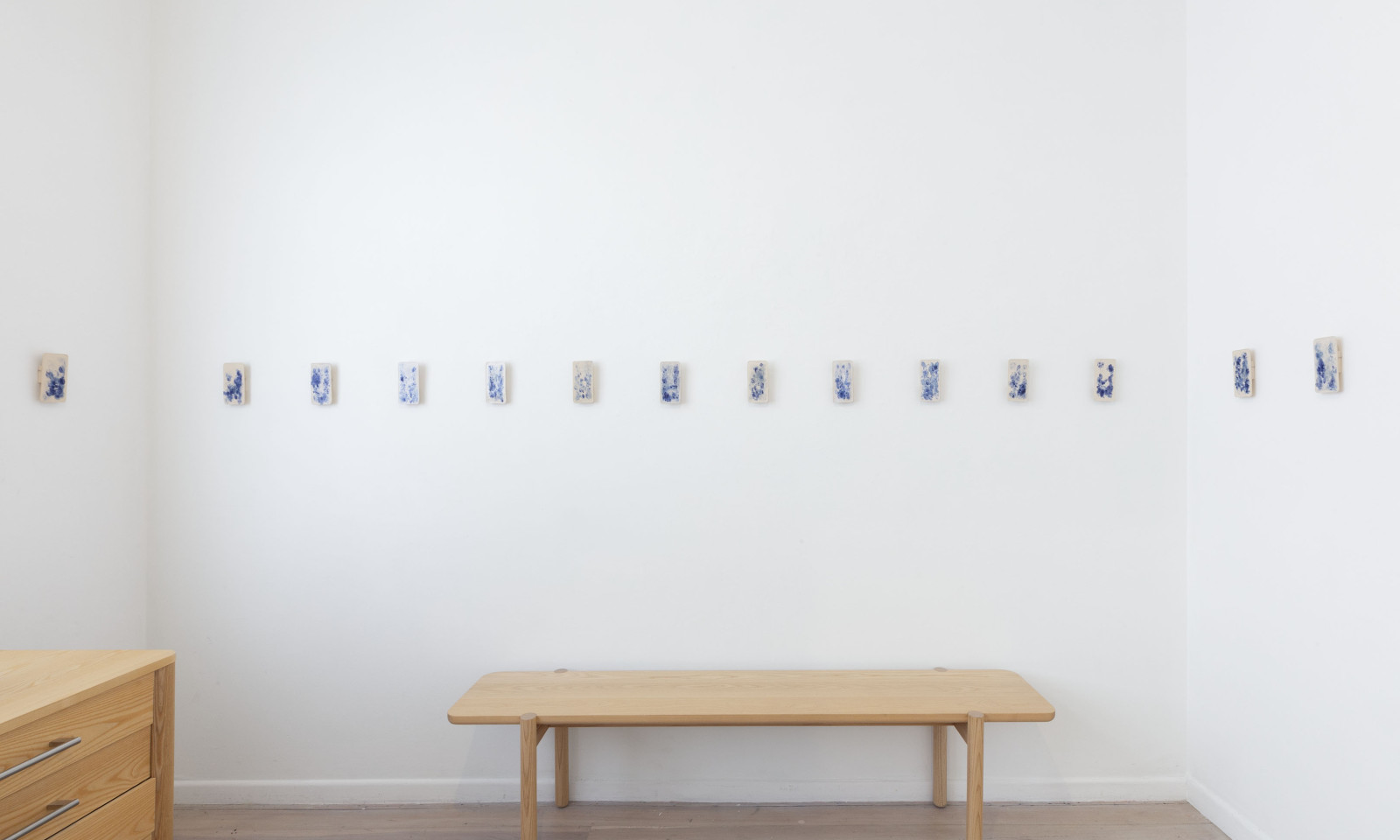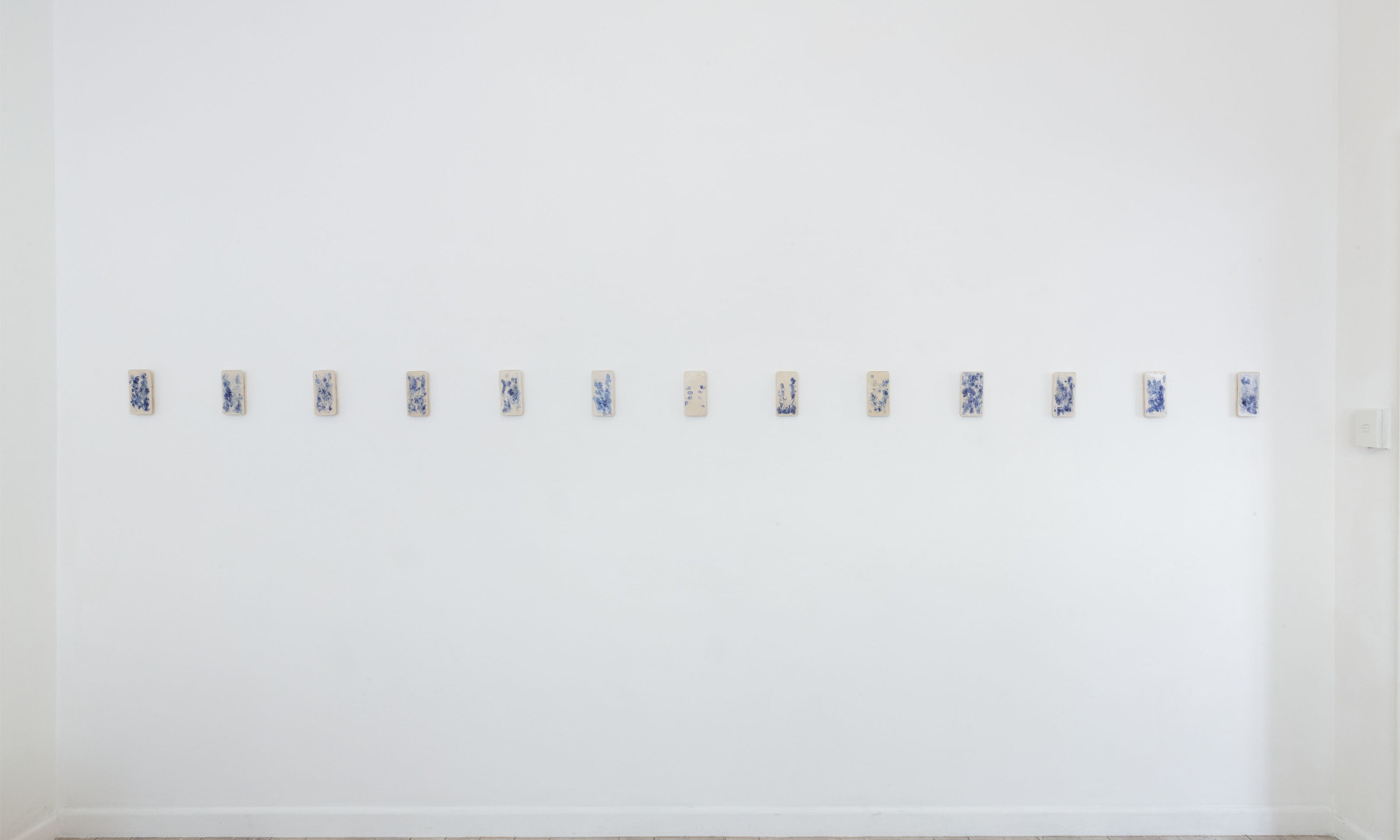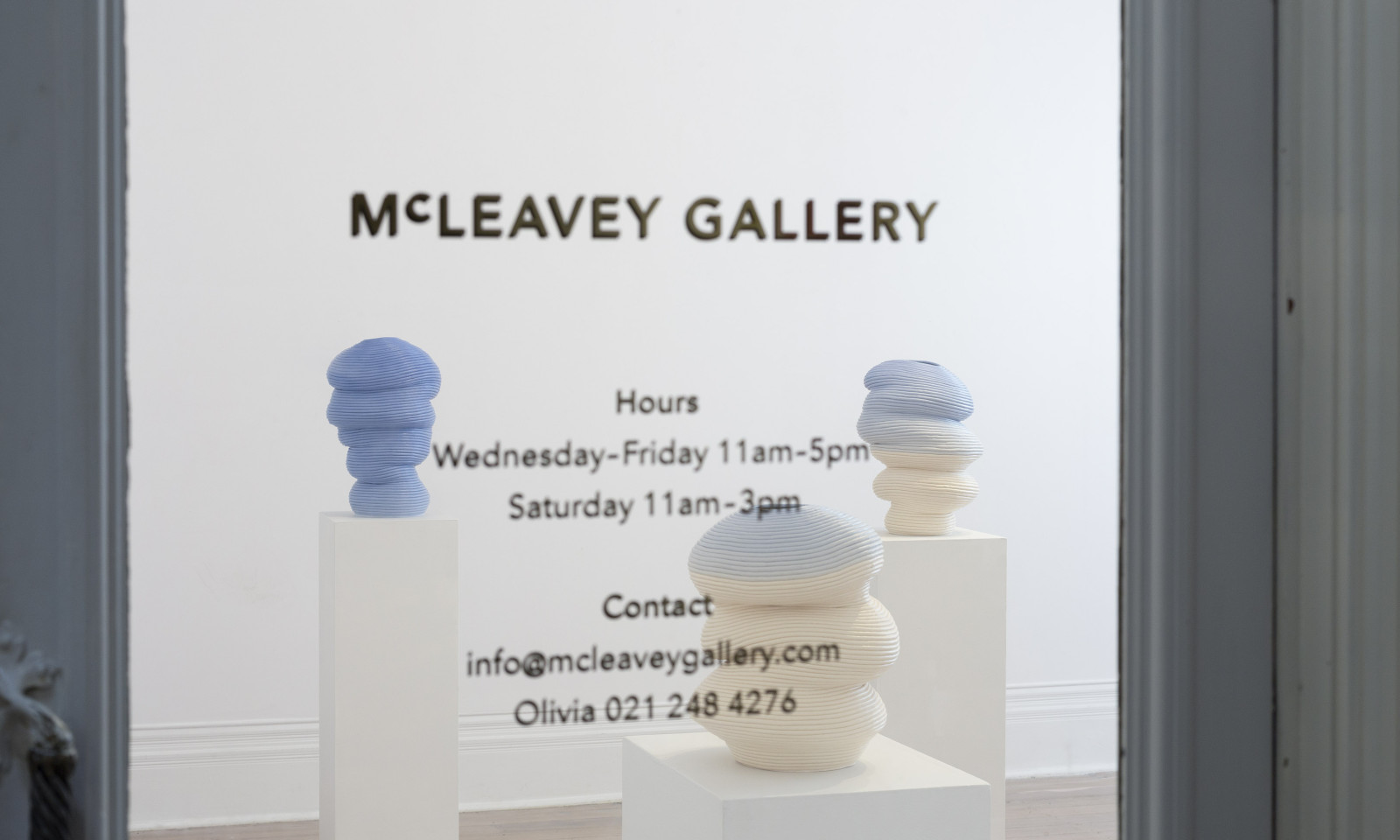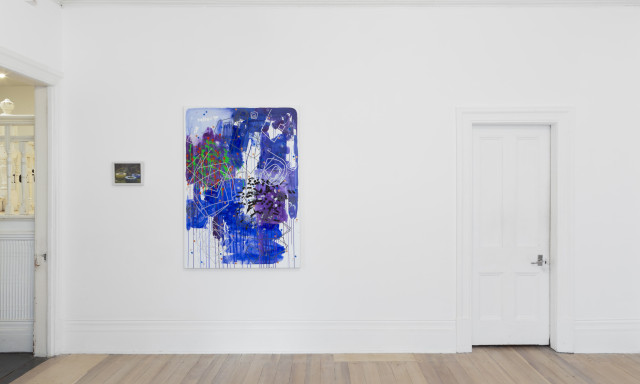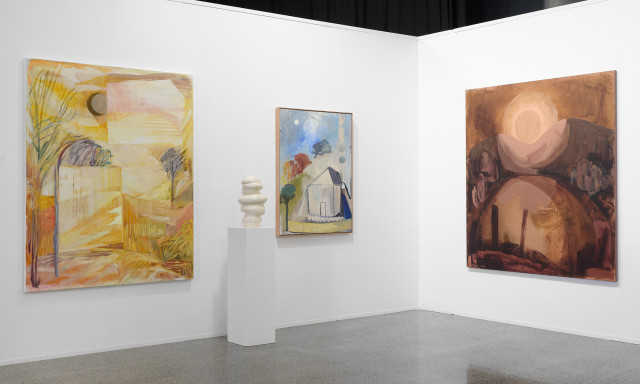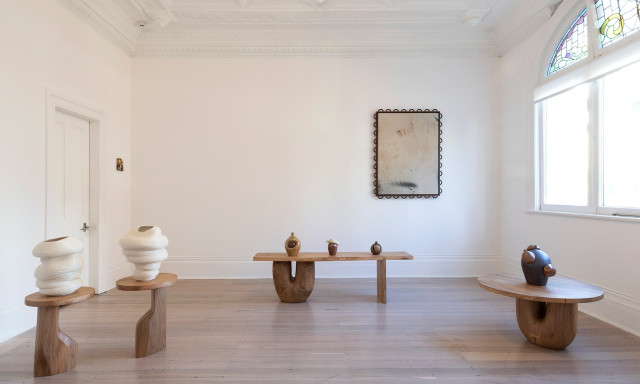About the exhibition
In gradually, then suddenly, the exhibition explores intimacy, distance, and the traces we leave in our attempts to stay close. The exhibition unfolds through a series of hand-coiled ceramic vessels and a new body of small ceramic wall studies titled to hold & to be held, based on the finger-smudged impressions left on phone screens.
In gradually, then suddenly, the exhibition explores intimacy, distance, and the traces we leave in our attempts to stay close. The exhibition unfolds through a series of hand-coiled ceramic vessels and a new body of small ceramic wall studies titled to hold & to be held, based on the finger-smudged impressions left on phone screens.
The vessels were created over a summer spent in Aotearoa New Zealand, working from the artist’s parents’ garage in Auckland- her longest visit home in over a decade. It was a time marked by a growing awareness of her parents aging and the quiet, accumulative weight of time that often feels gradual, then sudden. The hand-building method she developed was initially inspired by the programmed rhythms of a 3D printer. Yet unlike a machine, the forms emerged intuitively - collapsing, swelling, and leaning into gravity.
The hues of blues that color both the vessels and the wall works draw inspiration from Rebecca Solnit’s A Field Guide to Getting Lost, where blue becomes the color of longing- “the color of where you are not.” It is the blue that hovers in the distance between you and the horizon, a pigment of separation that retreats the closer you get. For the artist - born in Taiwan, raised in New Zealand, and now based between Australia and Paris - blue becomes a metaphor for diaspora: the emotional haze between homelands, the tint of someone dear who is always physically far away. The soft, powdery blue of the vessels renders them cloud-like: atmospheric, fleeting, and just out of reach.
This language of blue also reaches deep into ceramic history. Blue and white porcelain, once carried across empires, tells a globalised story of material exchange: originating in China, shaped by Persian cobalt, refined in Jingdezhen, and widely exported to the Middle East and Europe. That lineage of movement, adaptation, and exchange resonates with the artist’s own diasporic path. Like those historic ceramics, Zhu’s works hold traces of elsewhere, layered with stories of place, culture, and belonging.
Echoing the artist’s new life in Paris - where connection with home often begins and endures through screens — the wall works were made while navigating physical distance from loved ones. Each ceramic tile is made from an impression of the artist’s phone, capturing the daily gestures of swiping, scrolling, texting in the form of abstracted blue finger smudges. Titled to hold & to be held, these works reflect the paradox of our digital age: where connection is flattened into a pane. The intimacy is real, even if the touch is mediated. We hold our phones, reach out with our fingers to be near, to care, to remain in touch. And yet, when we’re physically present with the people we miss, we often find ourselves instinctively turn to the same device to tune out- a quiet reflex that creates disconnection in the moments meant for closeness. This points to the deep, often unconscious intimacy we’ve developed with our technology.
Together, these works chart the emotional terrain of a diasporic life — the slow, subtle shifts of passing time, the sudden recognition that everyone is growing older, the material remains of the artist’s attempts to shape longing into form and the complicated entanglement we now share with our devices.
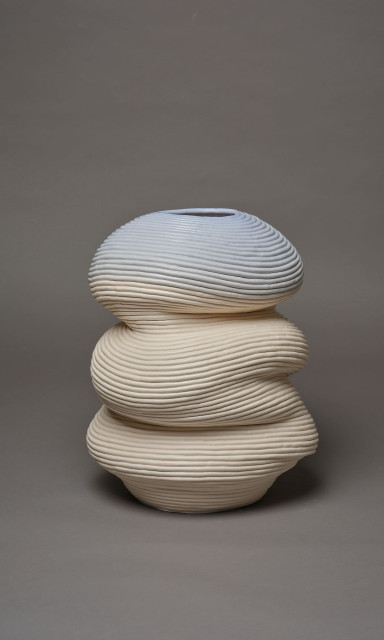
Zhu Ohmu, 2025
Glazed earthenware, 390 x 330 x 290 mm

Zhu Ohmu, 2025
Glazed earthenware, 420 x 320 x 310 mm

Zhu Ohmu, 2025
Glazed earthenware, 430 x 310 x 330 mm
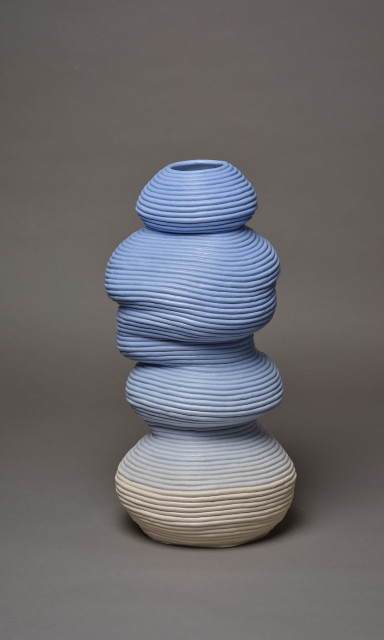
Zhu Ohmu, 2025
Glazed earthenware, 500 x 280 x 270 mm
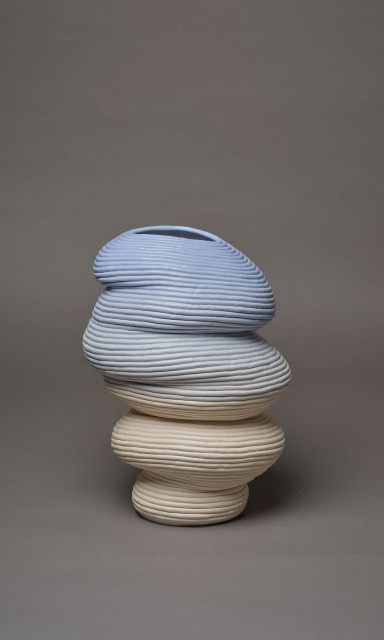
Zhu Ohmu, 2025
Glazed earthenware, 390 x 290 x 260 mm

Zhu Ohmu, 2025
Glazed earthenware, 460 x 310 x 290 mm
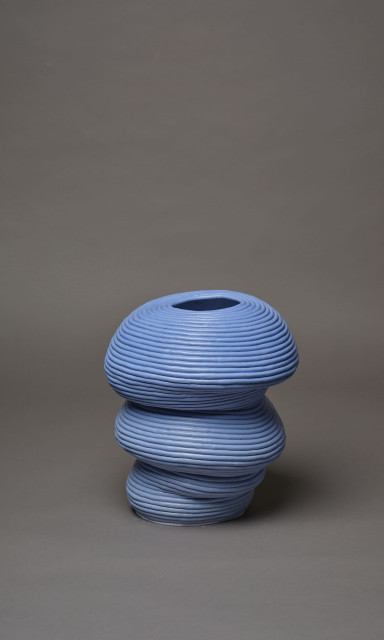
Zhu Ohmu, 2025
Glazed earthenware, 310 x 260 x 250 mm
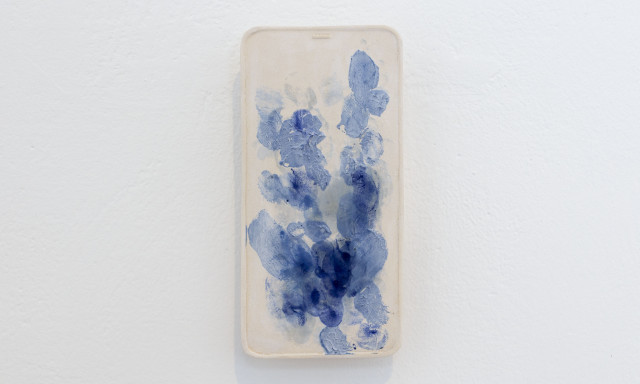
Zhu Ohmu, 2025
Glazed earthenware, 145 x 70 x 25 mm
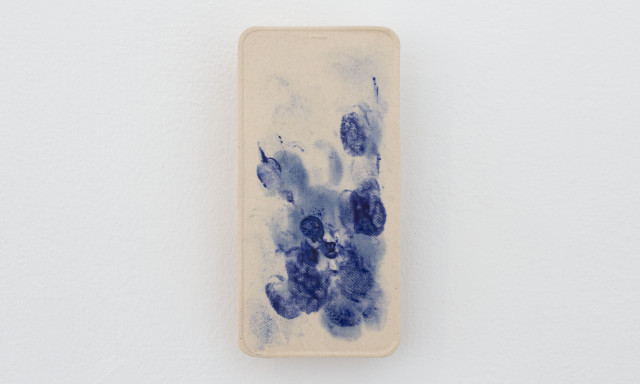
Zhu Ohmu, 2025
Glazed earthenware, 145 x 70 x 25 mm
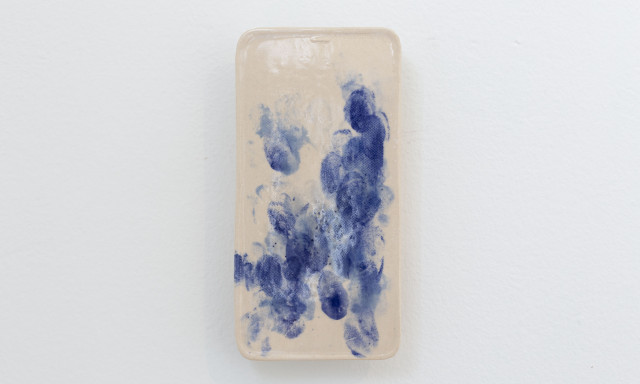
Zhu Ohmu, 2025
Glazed earthenware, 145 x 70 x 25 mm
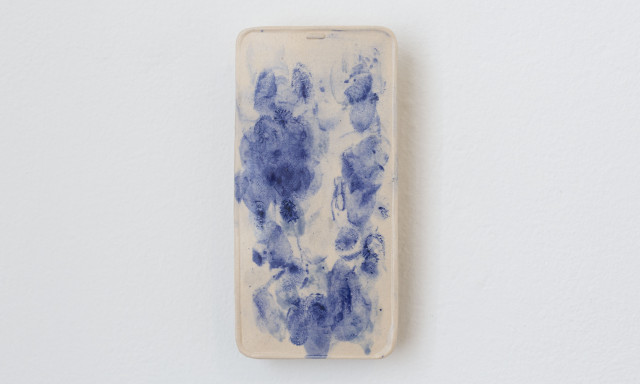
Zhu Ohmu, 2025
Glazed earthenware, 145 x 70 x 25 mm

Zhu Ohmu, 2025
Glazed earthenware, 145 x 70 x 25 mm
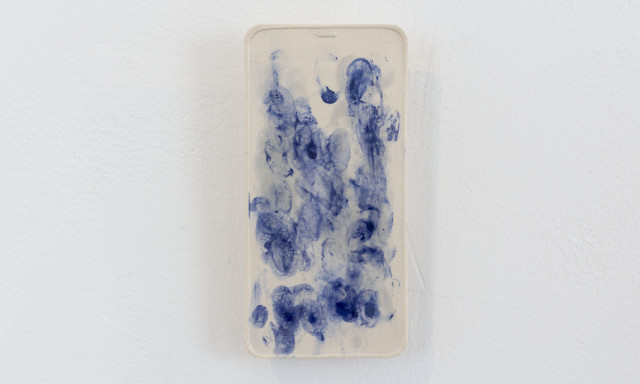
Zhu Ohmu, 2025
Glazed earthenware, 145 x 70 x 25 mm

Zhu Ohmu, 2025
Glazed earthenware, 145 x 70 x 25 mm
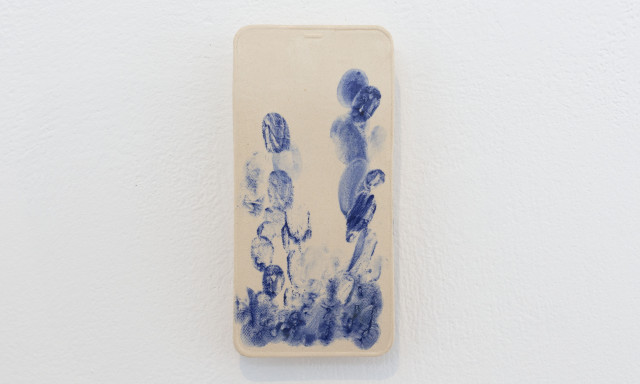
Zhu Ohmu, 2025
Glazed earthenware, 145 x 70 x 25 mm
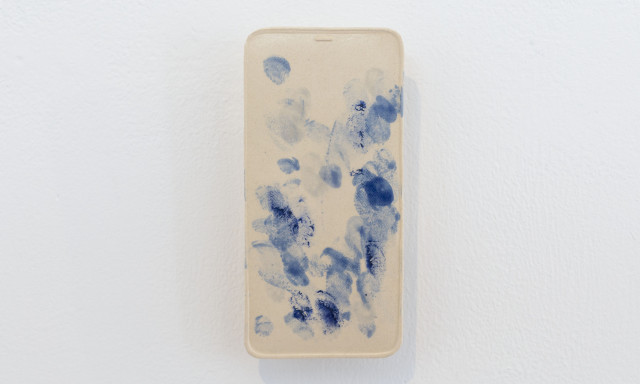
Zhu Ohmu, 2025
Glazed earthenware, 145 x 70 x 25 mm
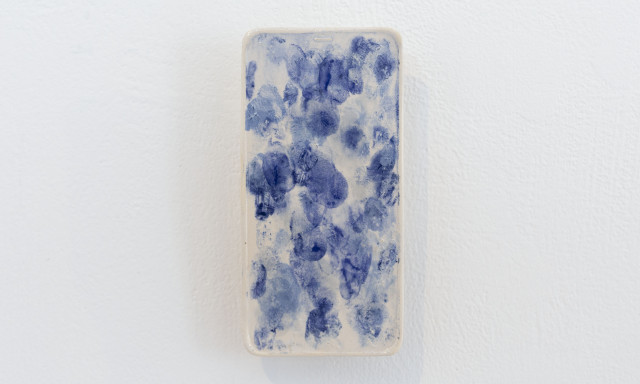
Zhu Ohmu, 2025
Glazed earthenware, 145 x 70 x 25 mm
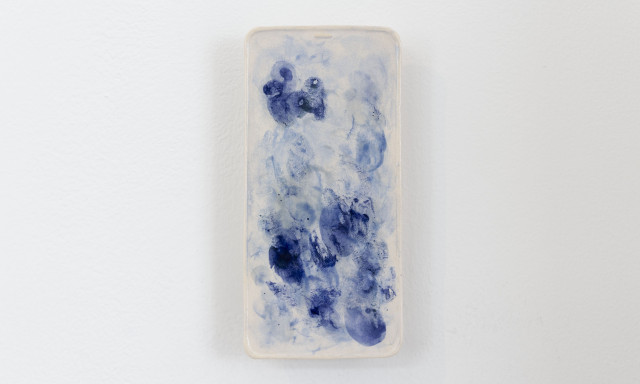
Zhu Ohmu, 2025
Glazed earthenware, 145 x 70 x 25 mm
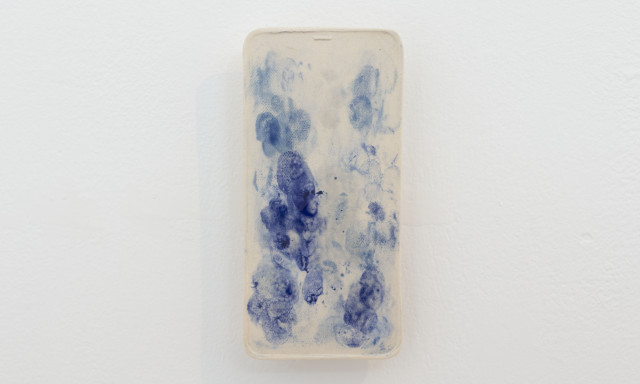
Zhu Ohmu, 2025
Glazed earthenware, 145 x 70 x 25 mm
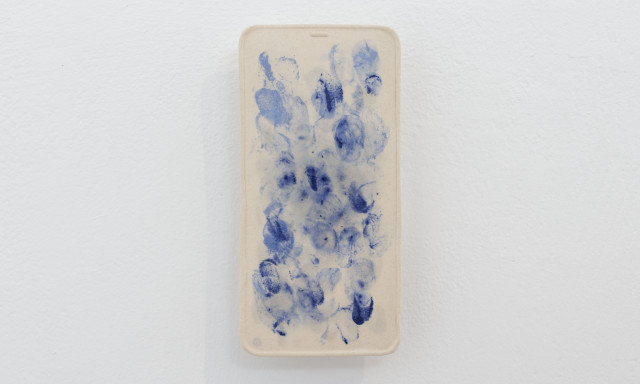
Zhu Ohmu, 2025
Glazed earthenware, 145 x 70 x 25 mm
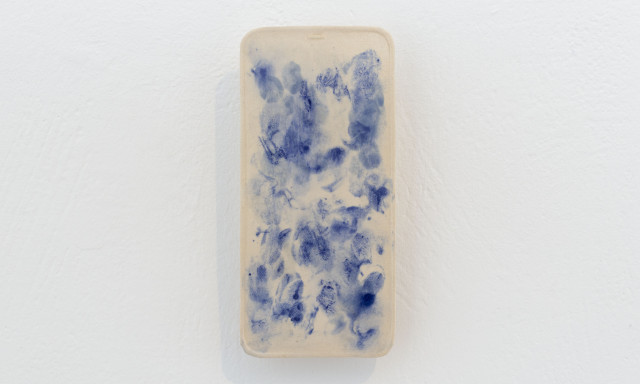
Zhu Ohmu, 2025
Glazed earthenware, 145 x 70 x 25 mm
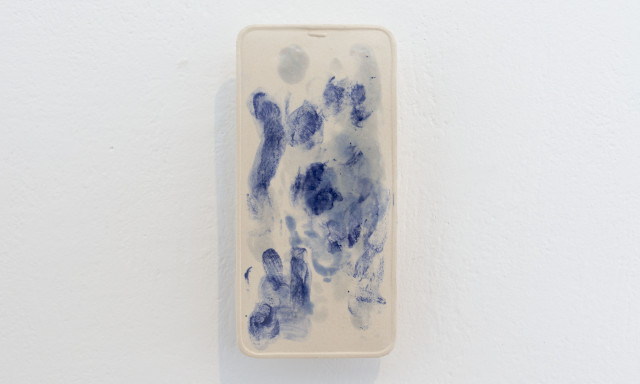
Zhu Ohmu, 2025
Glazed earthenware, 145 x 70 x 25 mm
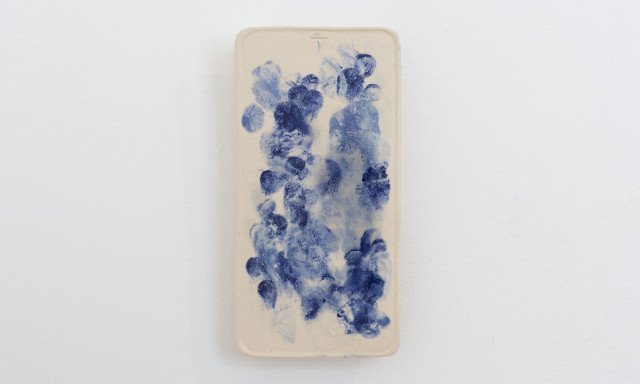
Zhu Ohmu, 2025
Glazed earthenware, 145 x 70 x 25 mm
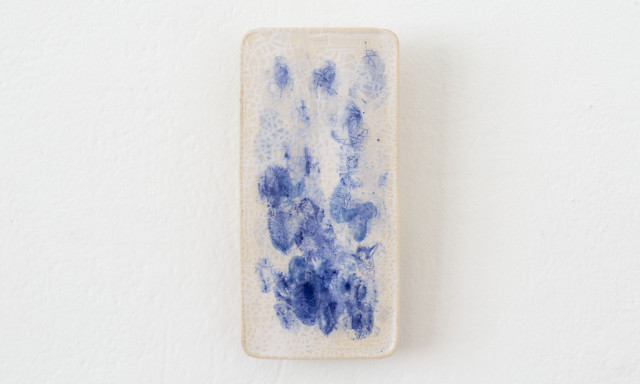
Zhu Ohmu, 2025
Glazed earthenware, 145 x 70 x 25 mm
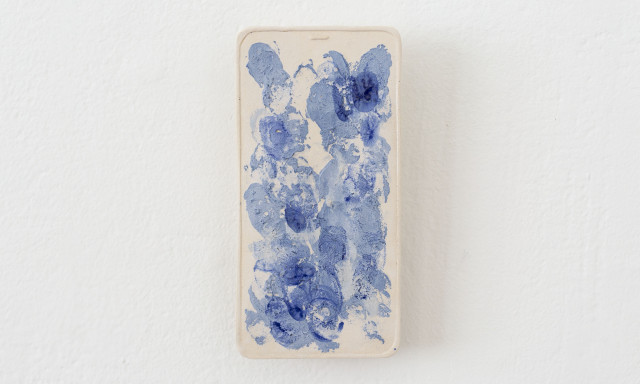
Zhu Ohmu, 2025
Glazed earthenware, 145 x 70 x 25 mm
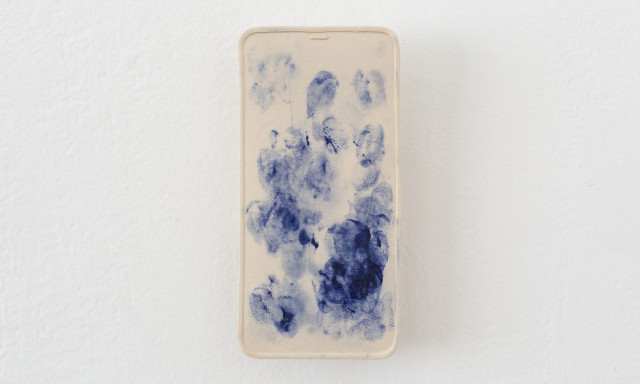
Zhu Ohmu, 2025
Glazed earthenware, 145 x 70 x 25 mm
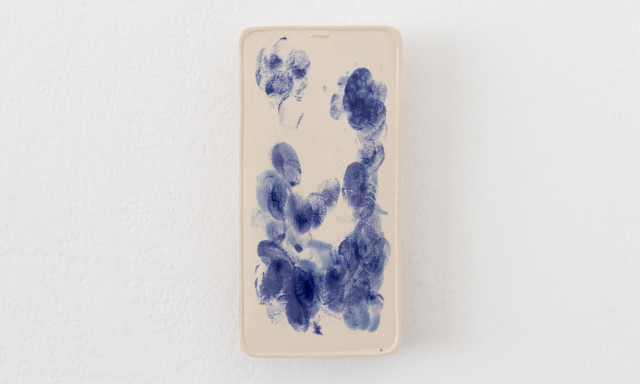
Zhu Ohmu, 2025
Glazed earthenware, 145 x 70 x 25 mm
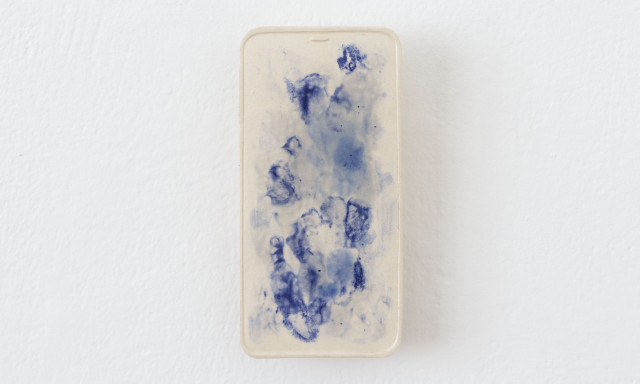
Zhu Ohmu, 2025
Glazed earthenware, 145 x 70 x 25 mm
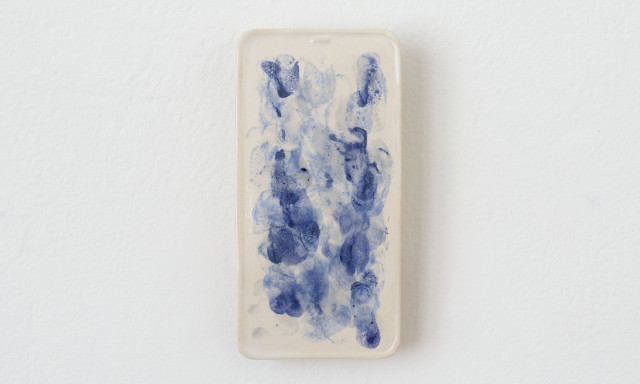
Zhu Ohmu, 2025
Glazed earthenware, 145 x 70 x 25 mm

Zhu Ohmu, 2025
Glazed earthenware, 145 x 70 x 25 mm
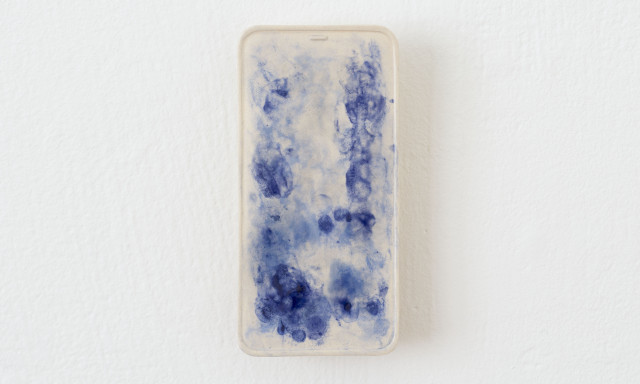
Zhu Ohmu, 2025
Glazed earthenware, 145 x 70 x 25 mm
